NZ volcano tragedy: when chase for tourism dollars turns deadly
The marketing strategy behind tours of NZ’s most active volcano played on the danger. How was this allowed to happen?

The marketing strategy behind tours of New Zealand’s most active volcano relied almost entirely on the thrill of danger.
“Get close to the drama,” enthused Royal Caribbean’s website blurb. The cruise ship company urged passengers to witness White Island’s “roaring steam vents, bubbling pits of mud, hot volcanic streams and amazing lake of steaming acid”.
White Island Tours, the largest local operator offering boat trips to this popular attraction, was equally effusive on its Facebook page: “Trust us when we say: you can’t beat the experience of stepping foot on to the inner crater of an active volcano!”
With the sudden eruption of Whakaari, as the Maori call it, the adventure has lost its allure.
There were 47 people near the crater, about 40km off the coast of New Zealand’s North Island, when it blew just after 2pm local time on Monday.
The death toll is now at 15, two people are still missing and there are up to 30 clinging to life with horrific burns that will alter their lives irreparably if they survive. New Zealand authrorities confirmed on Saturday they were DNA testing the bodies of six people taken to the mainland in a delicate retreival mission, in order to identify them.
The puzzle is how this shocking tragedy on what will be now known as “Disaster Island” could be allowed to happen.
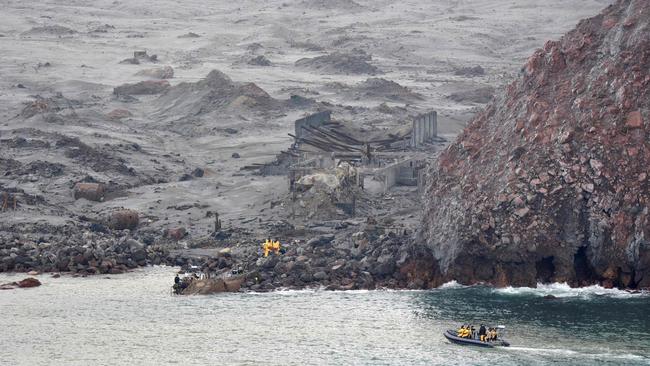
Search for answers
New Zealand Prime Minister Jacinda Ardern has pointed to “bigger questions” that must be answered, yet no one has accepted responsibility.
Did anyone detect warning signs of impending calamity? Was anyone sufficiently aware of risks? Should anyone have been on the island at all?
“Unimaginably dangerous,” is how volcanologist Ray Cas assesses the risk of allowing tourists to walk to the edge of an active volcano, especially one such as White Island, which has experienced eruptions every three to five years.
Cas, a Monash University expert who has twice visited White Island, argues it was a disaster waiting to happen.
Yet it was a strange cocktail of personal danger, big business money, lax regulation and plain ignorance that seems to have lulled many — from tour companies to naive visitors wearing helmets and gas masks as their only protection — into believing no one was really flirting with death.
An immediate issue for New Zealand’s WorkSafe investigators, who have begun inquiring into what went wrong on Whakaari, and can launch prosecutions for negligence, is the environment of self-regulation that has operated among tour operators.
Tour operators
Business on White Island has flowed for decades from a unique relationship existing between the private owners of its scenic reserve, New Zealand’s Buttle family, and five local tour operators, the largest of which is White Island Tours.
Operators pay the Buttle family’s Whakaari Trust $4m annually to bring ashore about 20,000 visitors a year.
Outside oversight by New Zealand government authorities is supposedly conducted under 2016 Health and Safety at Work (Adventure Activities) Regulations. Tour operators are also required to be registered and approved as service providers.
In practice, however, it would seem local tour operators have been free to manage themselves for years with minimal interference, providing there were no mishaps. Tour operators could face safety audits but they were only required if they “deliberately expose the participant to a serious risk to his or her health and safety that must be managed by the provider of the activity”.
It is inevitable all tour operators will now face a safety audit, but too late to have prevented a disaster on a terrible scale.
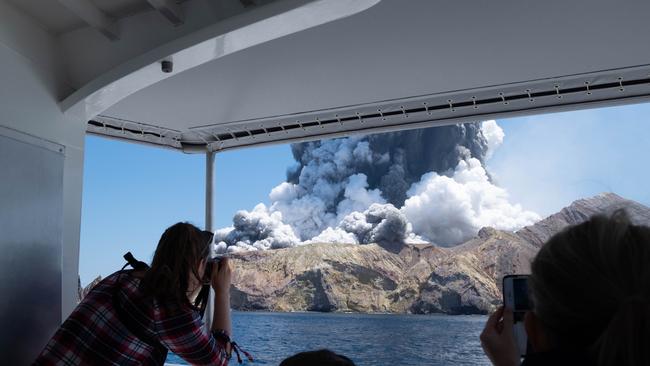
In gauging the level of risk, including whether or not tours to the island should be cancelled or stopped because of seismic activity, the operators have always relied on monitoring by geological service GNS Science and accepted alert level classifications.
The last time any fatalities occurred on White Island was more than a century ago when a crater wall collapsed in 1914, destroying a sulphur miners’ village in a landslide. There was an eruption on the island in 2001 that stopped normal business.
There has also been notable seismic activity since 2011 but not enough to cause alarm.
Keeping tours going
White Island Tours, which won a national health and safety award 12 months ago, says it has continued to operate without interruption whenever GNS has issued level 2 alerts. At the time of Monday’s eruption, White Island was subject to a level 2 alert after being raised from level 1 in November.
According to White Island Tours chairman Paul Quinn, the company’s policy was only to “liaise” more closely with GNS about the risks of continuing operations in the circumstances of “level 3 and above”.
Did the level 2 alert in November signify heightened risk? The difficulty, according to experts such as Shane Cronin from the University of Auckland, is that eruptions can occur suddenly at any time without warning because they are “driven by the expansion of superheated water into steam”.
Level 2 alerts, indicating increased seismic activity, have also been followed over the years by periods of quiet. There were possibly some signs, in hindsight, to be worried about last month when the alert was raised to level 2: an increase in sulphur dioxide, the volcanic tremor increase from weak to moderate, a rise in geyser activity and, perhaps significantly, a rise in the island’s crater lake level. Most of White Island’s volcano is below sea level.
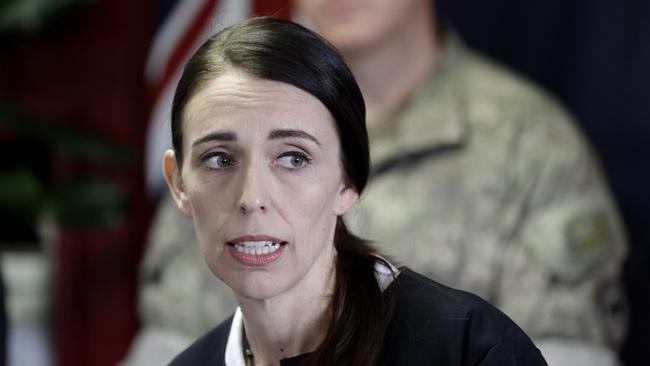
Then there has been the anecdotal evidence. Hayden Marshall-Inman, one of two tour guides killed in the eruption, started becoming nervous more than 12 months ago. Recorded on video in July last year, he told of walking into an “ash eruption” and how he could “definitely feel the nerves inside me, for sure”.
Operators such as White Island Tours have issued qualifiers to their glowing blurbs such as “passengers should be aware that there is always a risk of eruptive activity regardless of the alert level”. Nonetheless, they have sought to put holiday-makers paying ticket prices that start at $260 for children at ease by providing gas masks as supposed protection from steam and helmets to fend off falling debris or ash.
Adventure tourists
Many visitors coming off ships or tour boats from the mainland typically wear T-shirts and shorts. It took much time to transport the injured from such a dangerous and remote location. There were initial reports of rescued victims, transferred to the overstretched, under-resourced small coastal Whakatane hospital, who were covered in ash and screaming from the pain of burnt skin and flesh as staff scurried to find enough Glad Wrap to cover them.
New Zealand is often lauded for its no-fault health insurance scheme that covers not only its citizens but all foreign visitors who risk serious injury in the land of bungee jumping, skiing, jetboating and wild mountain tramping.
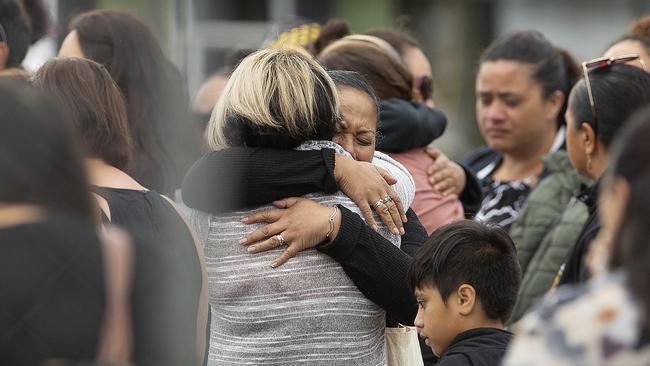
Critics of the country’s personal indemnity insurance, and its provider, the Accident Compensation Corporation, argue that the absence of any need to provide fault in cases of misadventure could have resulted in the downside of exposing people to greater risk.
If tour operators and other service providers are less likely to be sued for damages, is there a reduced deterrent when it comes to taking risks and exposing people in their care to possible negligence?
Debate over how the calamity could have occurred on “Disaster Island” is set to include discussion of whether tour operator companies felt they were in a position to take greater chances. All in the chase for maximising revenue from volcano revellers.


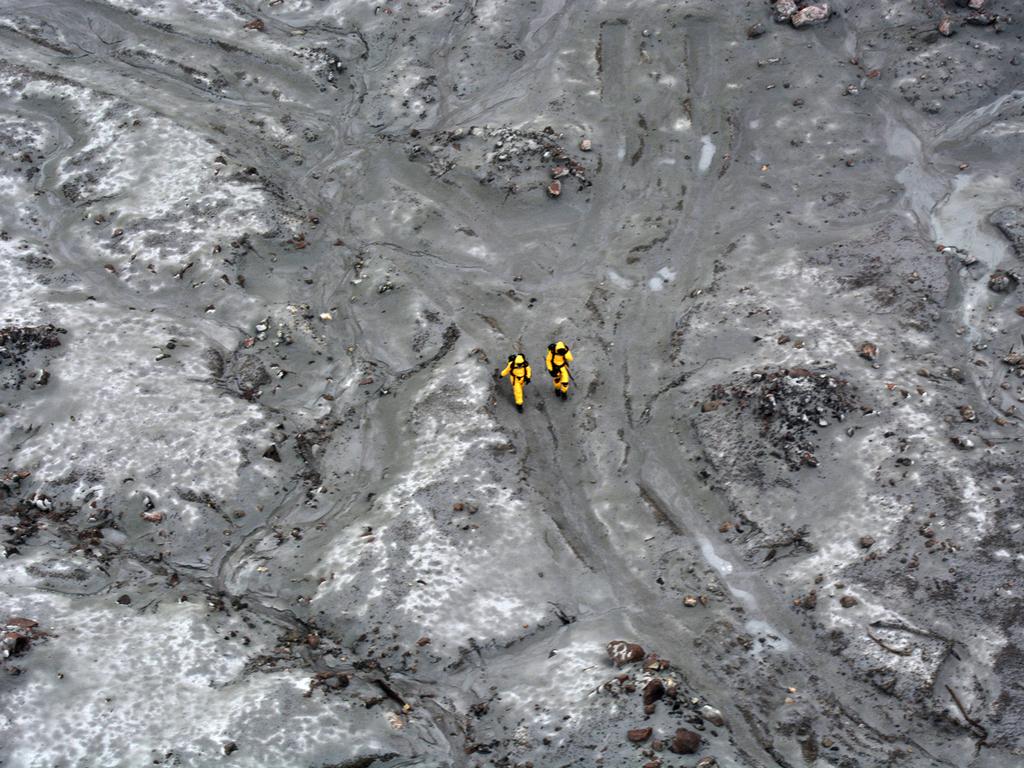

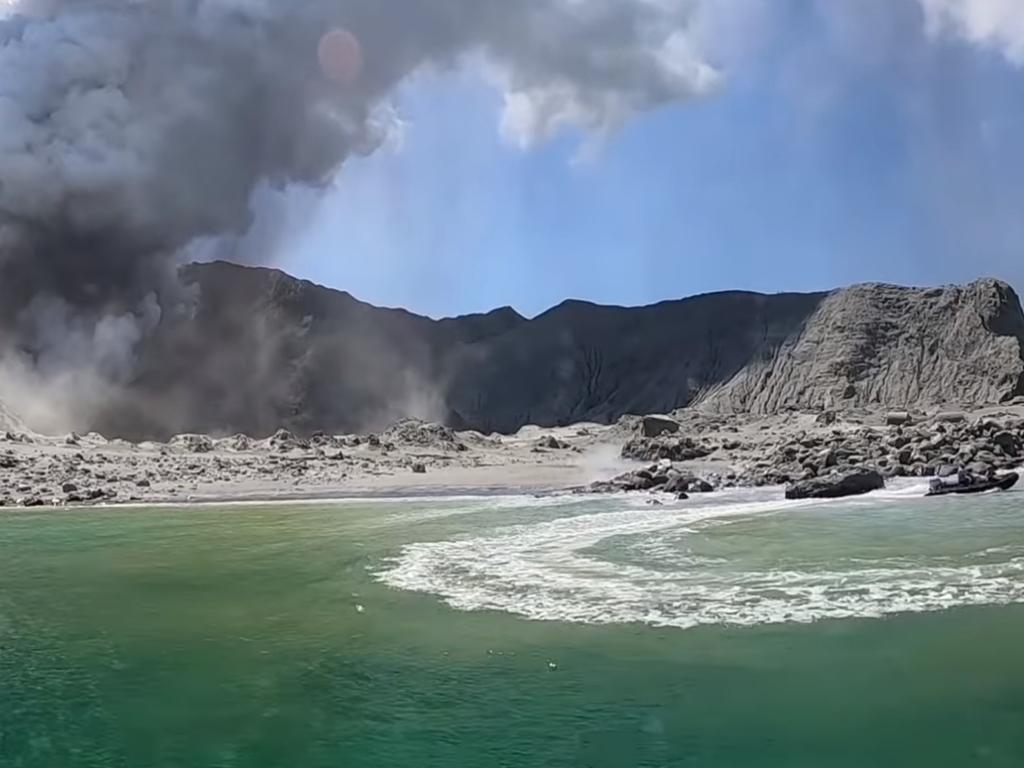


To join the conversation, please log in. Don't have an account? Register
Join the conversation, you are commenting as Logout